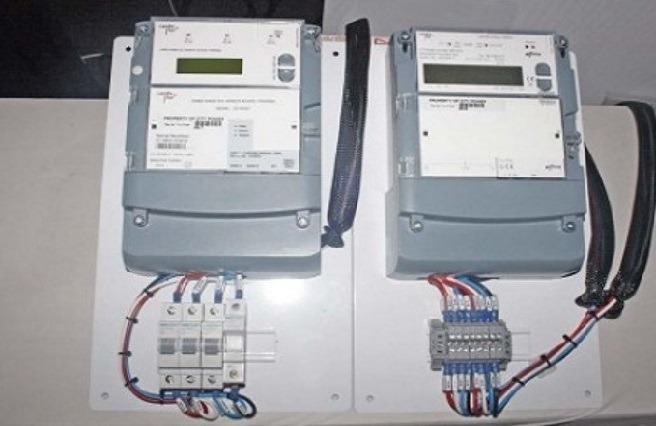It would be difficult to choose SAs worst state-owned enterprise (SOE) based on financial performance. The competition is fierce, with seven notable finalists that seem to go the extra mile every year to claim the title of being the worst.
Eskom leads in terms of the sheer magnitude of annual losses, as it posted annual losses of more than R20 billion in three of the last seven years and a total loss of R103 billion from 2017 to 2023.
But there are good arguments that smaller entities such as South African Airways (SAA), Passenger Rail Agency of SA (Prasa), the SABC, PetroSA and Denel are performing even worse they continue to report losses of billions of rand year after year while running operations that are much smaller than Eskom.
The annual financial statements of the companies show that seven of around 30 SOEs have been suffering losses every year since 2017, and that the losses are increasing every year.
Source: Compiled from published annual reportsThe total annual loss of the worst seven increased from R14 billion in 2017 to more than R34 billion in 2020, the last year for which financial statements for all of the companies are available.
The increase is mostly due to increasing losses at Eskom, with its annual loss increasing from R4 billion in 2017 to more than R20 billion per annum in 2019 and 2020.
An improvement in its financial performance in 2022 (when the loss decreased to less than R12 billion) reduced the total losses of the worst seven, but it jumped to a new high in 2023 when Eskom reported a record loss of nearly R24 billion for the year losing R2 billion per month in its efforts to mitigate load shedding.
The total loss of these seven SOEs in the 2023 financial year will probably top R40 billion once the Post Office, SAA and PetroSA publish their results.
SAA
SAA published its outstanding annual reports for the last four financial years only recently. The reports show that SAA continued to post huge losses every year, despite management saying from time to time that things had improved.
Losses exceeded R5 billion per annum in most of the financial years since 2017. The airline made losses of more than R34 billion in the six years from 2017 to 2022, for which audited statements are available. The results for the year to end March 2023 have not been published yet.
Management still says things are looking better, but figures show that this is not the case and that SAA is still technically insolvent.
The directors evaluated the appropriateness of the going-concern assumptions used in the preparation of the consolidated annual financial statements, according to the 2022 annual report.
For the first in many years SAA has a positive equity position, a business model that is producing positive results at an operational level and sufficient cash to ensure the company is able to pay its debts as they fall due for the next 12 months. The directors are satisfied that SAA can continue to operate as a going concern.
The report states that SAA received R6.9 billion in funding from government during the 2022 year, most of which was used to settle old debts (R4.1 billion). The balance sheet shows that total liabilities still exceeded total assets by more than R1 billion at the end of the 2022 financial year.
In addition, the figures in the balance sheet are probably only estimates as the Auditor-General was unwilling to give an opinion on the financial statements, listing 53 problems related to the status of record keeping.
One remark in the audit report sums up the state of SAAs financial management and the way the airline is being managed: Consequently, I was unable to determine whether any further adjustments were necessary to the irregular expenditure stated at R44 506 million (2021: R38 971 million) and R37 742 million (2021: R32 320 million) in note 38 to the consolidated and separate financial statements respectively.
Irregular spending refers to expenditure that did not comply with applicable policies and regulations.
The cash flow statement disclosed that SAAs cash flow from operations was negative to the tune of nearly R6 billion, meaning that little of the last government bailout remains.
Prasa
Prasa has posted increasing losses every year since 2017.
In the year to March 2023, the loss from operations exceeded R14 billion, although the income statement shows a much smaller loss as a capital grant of R10 billion to repair infrastructure is reflected as income.
Prasas total reported loss since 2017 tops R21 billion. Management admits in its annual reports that Prasa is failing to deliver on its mandate to run passenger trains properly.
Post Office, Denel, SABC
The Post Office has seen its losses increase to more than R2 billion per annum, while the











